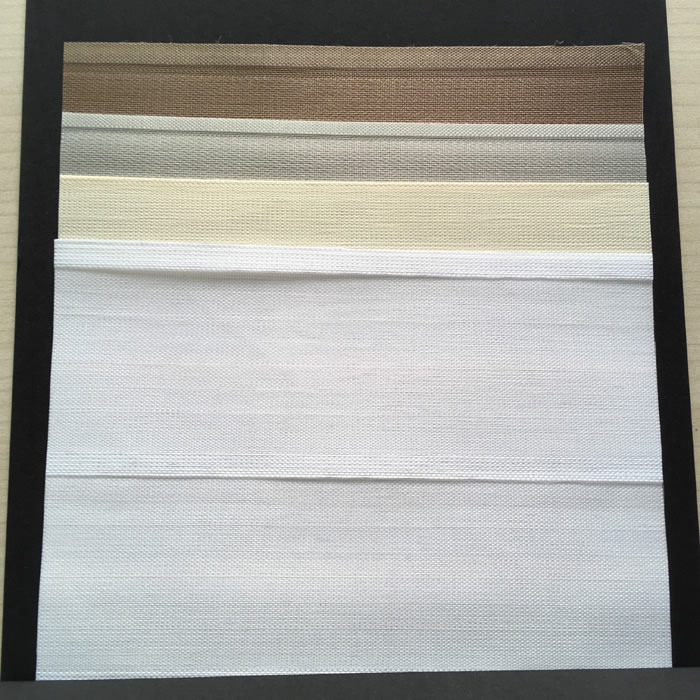

Transparent refers to being entirely transparent in everyday situations. However, some fabrics do not fit neatly into predetermined classifications, as is the case with many things. If you choose to put up with the sewing challenges that these fabrics present, you have a broad range of sewing projects to choose from.Įxamples of transparent fabrics-see-through or not!įor many textile professionals, transparent, translucent, and opaque fabrics appear to be pretty simple. from lingerie to stockings to wedding veils. Additionally, these fabrics have a variety of uses. Dealing with these slick and elegant materials is challenging, but the outcome is worth it.īecause numerous of these fabrics come in much more than just one color, choosing a color is also a challenging task.įinding the perfect shade will be difficult, and you'll probably have to settle for your second or third pick. However, the ability to create humorous looks, smart, exquisite romantic looks and other looks with these materials makes the struggle worthwhile. Working with these fabrics can be extremely aggravating. Each one has a distinct reputation when it comes to sewing.

Organza is the first fabric you use, followed by organdie, chiffon, georgette, gauze, voile, muslin, lace, batiste, tulle, and net.īecause they are lightweight materials, you must modify your sewing technique. sheer fabric blackĪll of us are probably already aware of the names of these textiles: They let you create your own clothing while retaining all of the attractiveness of these materials.ĭepending on the appearance you wish to project to the world, you can be attractive, romantic, smart, or elegant. These unique qualities also enable you to approach your sewing job in a fresh and original way. Using a sheer gown could be an experience given the delicate, silky texture of several of the fibers used to make these textiles. The reason sheer textiles are so well-liked is the way the cloth drapes. Others might be hard, coarse, loosely woven, flowy, soft, delicate, and so forth.ĭespite belonging to the same category, each of these materials has unique qualities. Other sheer fabric varieties might be light, crisp, stiff, and extremely prone to creases. The amount of netting used will determine how strong they are.

There is netting, which although delicate, can be very difficult to sabotage. You will experience a variety of problems due to the variety of sheer or transparent textiles, laundry being only one of them. Probably the best method for cleaning them is dry cleaning. You have to be concerned about shrinkage, wrinkling, and other laundry damage if you wash it yourself. When it comes time to clean these fabrics, that will be an issue for you. They may also have good drapes, and if you add enough layers, you can fashion an impressive evening gown that will impress everyone in attendance. These sheer fabrics are excellent complements to other fabrics employed in a large range of sewing tasks because of their transparency. Tulle and netting, as well as other types of lace, can be described as sheer or transparent. In other words, there is no dearth of fibers that can be utilized to create transparent or sheer garments. These materials include rayon, silk, viscose, nylon, and polyester in addition to cotton, wool, and hemp. Then, several fiber kinds may be used to create this fabric. One does not become warm or comfortable when wearing them during the winter or even on cooler days during other seasons of the year. It is made of a sheer cloth that provides zero protection. Is this your question too? Also, we will discuss the names and types of the most popular transparent fabrics and translucent fabrics.Ĭlear fabric and transparent fabric are similar in appearance. Here, we will find out if the sheer fabric goes under the transparent category or translucent.


 0 kommentar(er)
0 kommentar(er)
